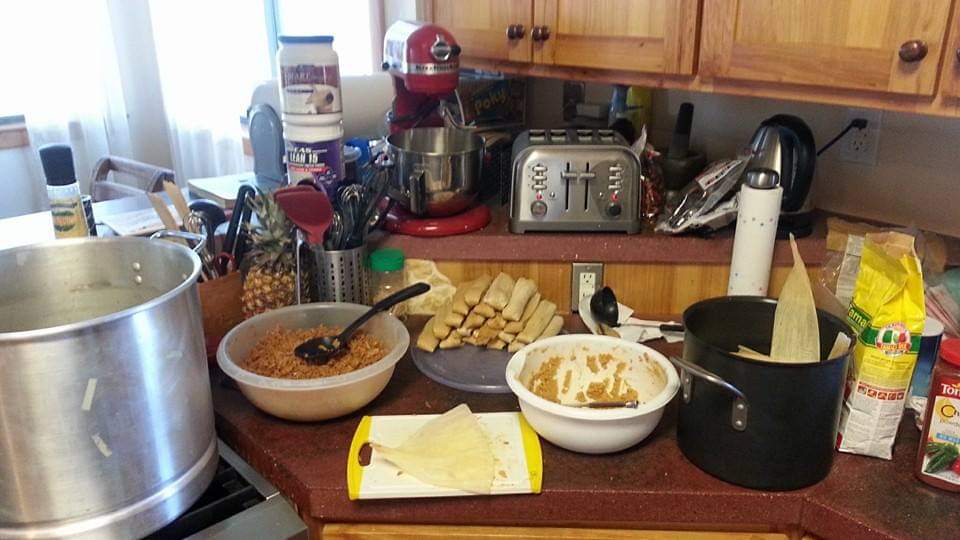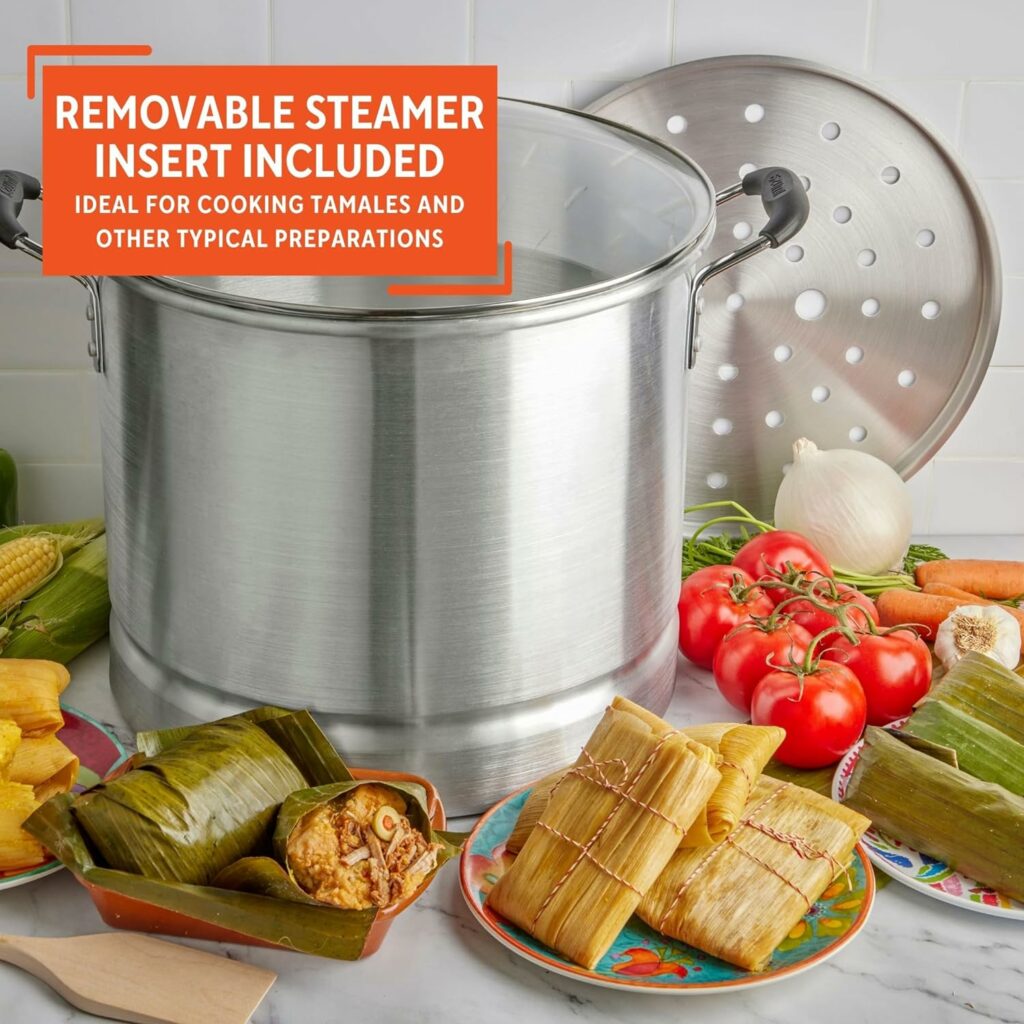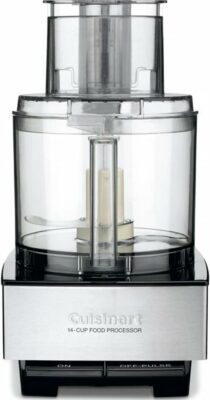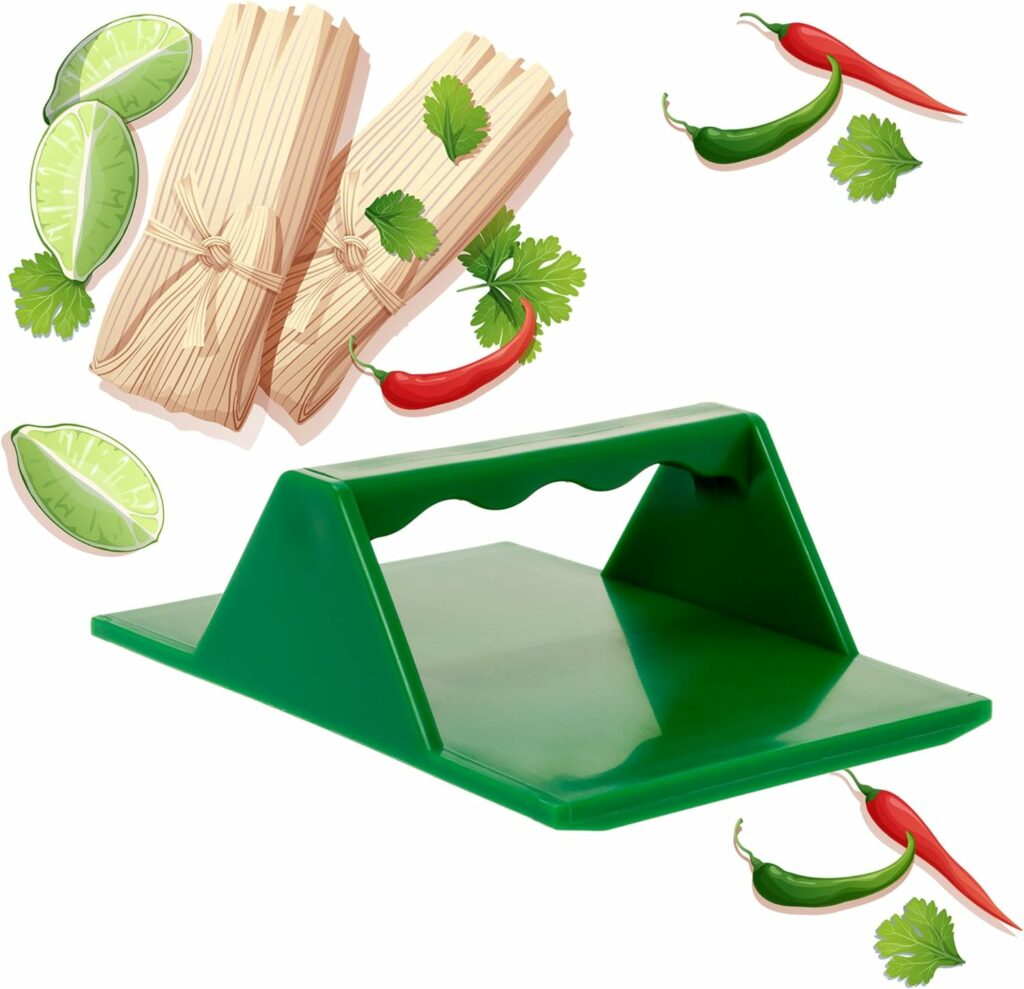If you have extra venison or any meat for that matter, making homemade tamales is a good alternative to the standard practice of making hamburger, chili meat, or sausage out of it. Being from South Texas, we have a love for Mexican food and tamales are one of our favorites.
A tamale, in Spanish tamal, is a traditional Mesoamerican dish made of masa, a dough made from ground corn flour or masa, which is steamed in a corn husk or banana leaves. The wrapping can either be discarded prior to eating or used as a plate. Tamales can be filled with meats, cheeses, fruits, vegetables, herbs, chilies, or any preparation according to taste, and both the filling and the cooking liquid may be seasoned.
Buying tamales can be hit or miss, however. Sometimes they’re great and sometimes they are …….well let’s just say “not so good.” The solution is to make your own. Then you can make them how you like and know exactly what you’re getting.
HEADS UP: Making homemade tamales is work, not hard work but time-consuming and rather boring. It’s best to gather some friends, share a few beverages, share the workload, and then share the tamales when you’re done. Use this recipe as a guide and customize it to your tastes and preferences. ENJOY!
Now, we don’t claim to make the best homemade tamales but we do make good tamales. Tamales that we like, and most people who try them like them too.
We are always looking to learn new recipes, tips, and techniques so if you have any you would like to share please leave them in the comments below.
Man Art Creations Venison Homemade Tamales
When we make homemade tamales we take our time. This is a two-day process from start to finish. You can speed it up and do it in one long day if you want. This recipe makes approximately 18 dozen tamales depending on how big you make your tamales. You can cut it down to suit your needs.

Homemade Tamale Ingredients:
Tamale Venison filling:
- 20 lbs bone-in venison shoulder meat
- 8 lbs bone-in Boston Butt Pork roast
- 2 gallons of water ( adjust to cover meat)
- 8 dried Ancho Chilis (seeds removed)
- 12 dried Gjuallio Chilis (seeds removed)
- 1 Cup of dried Chilis de Arbol (seeds removed)
- 3 Tbl garlic powder
- 3 Tbl coarse black pepper
- 2 Tbl Mexican oregano
- 1 Tbl cumin
- 1Tbl ground coriander
- 1/4 cup salt
- 4-5 dried bay leaves
- 2 large yellow onions quartered
For the Masa:
- 10 lbs, as needed, masa de maiz ( corn masa)
- reserved stock from cooking your meat
- lard
- salt
- baking powder
- chili powder
- ground black pepper
- corn husks
Nearly all of the masa you buy will have a recipe on the bag. We modify it to our own tastes and preferences as below. Feel free to experiment to find what you like best. It’s best to mix your masa in small batches so it doesn’t dry out before you use it all. And, so you don’t end up with too much left over. The following is what you will need.
Equipment to Make Homemade Tamales
- electric mixer with paddle or large bowl and spoon
- 20 qt stock pot to cook meat
- A tamale steamer can use for cooking meat also
- masa spreader or ( knife, putty knife, spatula)
- food processor to chop meat (optional)
- blender to grind chilis after cooking
- Aluminum foil for wrapping finished tamales
Preparing the Meat for Homemade Tamales
1 – Separate the venison shoulders into smaller more manageable pieces at the joints then place them in the stock pot with the Boston butt. Add water to cover the meat plus the rest of the ingredients and bring to a boil.
2 – When the pot comes to a boil, skim off the foam and impurities and reduce heat to simmer. Now relax while you let it simmer for 4-5 hours or until the meat is tender and separates from the bone.
3 – Once the meat is done, drain and reserve the cooking liquid for use in making the masa. Allow meat to cool and then separate from the bones and roughly chop with a knife or food processor.
4 – Strain the chilis from the stock and place them in a blender with just enough stock to make a thick paste when pureed. Add pureed chilis to chopped meat and mix. Now taste the meat.
5 – This is where you can customize the tamales for your tastes. We add salt, garlic powder, black pepper, cumin, and ground coriander to the meat to get the flavor we like. But you can add whatever makes it taste good to you. But taste first, it may not need any additional seasoning. If the meat seems too dry, add some of the reserved stock back to it to moisten it.
6 – Refrigerate the meat mixture until ready to assemble your tamales.
Preparing the Masa for Homemade Tamales
1 – Prepare your masa according to the package directions but replace the water with reserved cooking liquid (stock) from the meat. If you do this over two days, you will want to refrigerate the meat and reserved stock.
2 – The next day the lard from the pork butt will have solidified on top of the stock. Skim it off and use it to replace some of the lard when mixing your masa. MORE FLAVOR 😉
3 – This is another step where you can adjust the tamales to your tastes. We add chili powder, black pepper, and garlic powder to our masa. Taste it, and see what you would like to add or not add. The stock will add a tremendous amount of flavor compared to plain water so mix it first, taste, and then add additional seasonings if you want.
Typical masa package directions:
- 4 cups masa
- 3 cups warm water ( we use reserved cooking liquid)
- 1 cup lard
- 1 1/2 tsp salt
- 1 tsp baking powder
4 – Mix by hand or with a mixer until combined. You can adjust the liquid to get the masa to an easily spreadable consistency. Taste it and see if you would like to add any extra seasonings at this point.
Assembling and Cooking Homemade Tamales
1 – Soak your corn husks in warm water until they are pliable and roll easily.
2 – Fill your tamale steamer with water to where it is just below the steam rack.
3 – Remove one corn husk from the water and using a masa spreader, butter knife, putty knife, or utensil of your choice, spread approximately 2 Tbl of masa about 1/8 of an inch thick leaving about 2 inches of the pointed end of the husk without masa for folding over.
4 – Arrange 2 Tbl of your meat mixture in a line down the center of the masa and then roll up the corn husks and fold over the end to form your tamale.
5 – Place the assembled tamales, folded end down, in your tamale steamer and continue until the steamer is full.
6 – Once the steamer is full, place it on the stove bring it to a boil, and steam the tamales for an hour and a half.
7 – After an hour and a half remove the steamer from the heat and allow tamales to cool before packaging. Or enjoy them straight out of the steamer.
8 – Package tamales 12 in a package either in aluminum foil or vacuum packaging.
9 – Eat all you can and then freeze the remaining tamales for later use.

And That’s All Folks, Now It’s Your Turn!
See, I told you it was a lot of work. Not hard work but tedious and sometimes boring work. We take two days but you can get it done in one day but it will be a very long day.
If you follow this recipe, and adjust it for what you like and your tastes, you will end up with some of the best tamales you’ve ever eaten. And, you will have the satisfaction of doing it yourself and knowing exactly what went into your tamales. 😉
Now, I’m sure that some of you make tamales already. And, probably make them as good or better. We would love to hear your suggestions, ideas, tips, and recipes. Please leave them in the comment section below so we can try them out ourselves.
As always, stay safe, enjoy the journey and please try to leave it cleaner than you found it. You can follow us on Facebook: Rex The Beach Angler, Instagram: thebeachangler7, Twitter: @AnglerBeach, and YouTube: Man Art Creations.
P.S. – Thanks so much for checking out our blog we really appreciate it. Just so you know, we may receive a commission if you click on some of the links that appear on our site. This helps us keep our content free and up-to-date for everyone. We appreciate your support!

A life long surf fisherman with 50+ years of experience, I am also an avid hunter and outdoorsman. I will be sharing my passion for the outdoors with you so be prepared for hunting, fishing, camping, hiking and more. Along with gear reviews and the latest trends and innovations in the outdoor industry.






